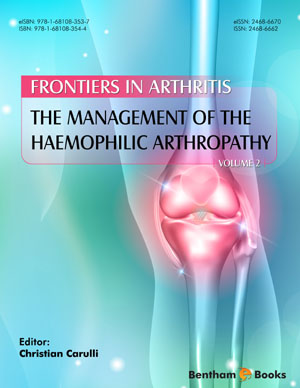Abstract
SHS investigation development is considered from the geographical and historical viewpoint. 3 stages are described. Within Stage 1 the work was carried out in the Department of the Institute of Chemical Physics in Chernogolovka where the scientific discovery had been made. At Stage 2 the interest to SHS arose in different cities and towns of the former USSR. Within Stage 3 SHS entered the international scene. Now SHS processes and products are being studied in more than 50 countries.
Abstract
The management of a failed orthopaedic implant is potentially complex in haemophilic patients. Several critical aspects have to be considered ranging from a tailored haematological care and rehabilitative period to high technically demanding surgical procedures and type of implants needed for the management of the compromised joint. Hip and knee are the most involved joints needing a substitution after a prosthetic failure. All these interventions are delicate and expensive, particularly when the failure is not a simple aseptic loosening but it is represented by an infection or a case with severe bone defects, pseudotumours, and soft tissue mortification. Only specific facilities and specialized teams may be able to manage such these conditions in a safe manner.
Keywords:
Ankle arthroplasty, Aseptic loosening, Haemophilia, Hip arthroplasty, Infection, Knee arthroplasty, Revision, Salvage surgery.
Recommended Chapters
We recommend

Authors:Bentham Science Books






